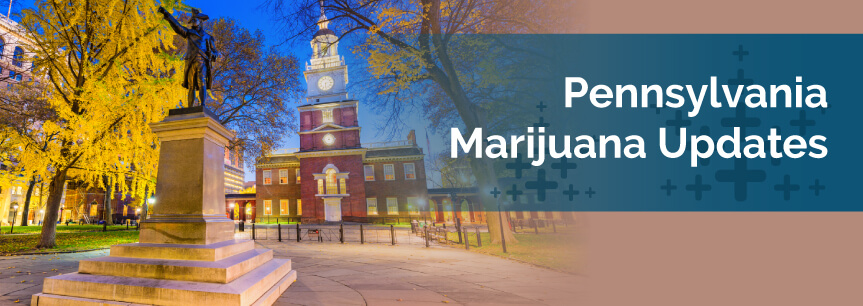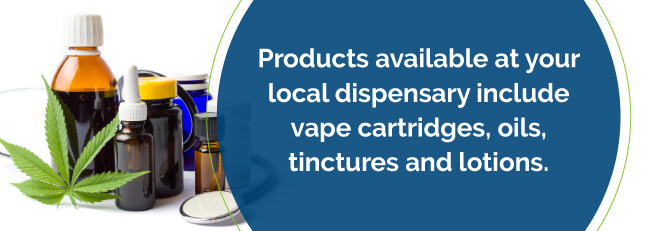
Over the last several years, marijuana’s stigma has begun to erode, and it has increased in popularity amongst state lawmakers who are now adopting broad legislation regarding recreational and medicinal use — 29 states and the District of Columbia now have laws regarding marijuana usage.
In early 2016, Pennsylvania became one of the states to legalize the medicinal use of marijuana. Approval in Pennsylvania stemmed from studies showing medical marijuana can assist patients suffering from illness and alleviate their pain, improving their overall quality of life.
Pennsylvania’s medical marijuana program went live on November 1, 2017, and more than 3,800 patients and 200 caregivers signed up during the first week. The response has been overwhelmingly positive, and the state’s Department of Health has been registering about three people per minute, on average.
In early 2018, patients will begin receiving their state-issued ID cards that allow them to purchase weed from dispensaries.
To be eligible for Pennsylvania’s medical marijuana program and become certified by your participating physician, you must have at least one of the 17 recognized qualifying conditions or symptoms:
If you’re in Pennsylvania and would like to join the medical marijuana program, follow these steps:

Products available at your local dispensary include vape cartridges, oils, tinctures and lotions. Smokeable forms of marijuana are not protected under Pennsylvania state law and can’t be sold in dispensaries.
While patient interest in Pennsylvania’s medical marijuana program is relatively high, a growing concern for those involved is that physician interest is still quite low. Of the 57,670 registered physicians in the state, only about 200 are part of the program to recommend medical cannabis, making the ratio of patients to physicians 38:1.
For the state’s medical marijuana program to be successful, more physicians will have to complete the four-hour training course. Without physicians to recommend cannabis cards, patients can’t get access to dispensaries. In the past, other states with similar initiatives have had slow starts, due in part to low marketing efforts.
However, if patients are so enthusiastic about obtaining medical marijuana, then why is physician participation still so low state-wide?
Practitioners’ concerns stem from several factors, including:
Because the drug enforcement administration still views all marijuana products as Schedule I substances, doctors can’t use their prescription pads to prescribe weed. CBD, the non-psychoactive substance derived from marijuana that helps treat seizures and anxiety, is even included in the Schedule I substance category.
A similar shortage of prescribers was an issue for the state of New York, which has a medical marijuana program similar to Pennsylvania’s. After two years, the state still couldn’t raise physician participation enough. To combat the sparse numbers, New York expanded its definition of a medical marijuana prescriber to include nurse practitioners and physician assistants. Perhaps Pennsylvania will have to implement a similar strategy to ensure prescribers can meet the patient demand.
Discover which physicians near you are participating in Pennsylvania’s medical marijuana program by checking out our comprehensive, growing list today.
No Information on MarijuanaDoctors.Com should be used to diagnose, treat, prevent or cure any disease or condition. You can view our Full Disclaimer here.